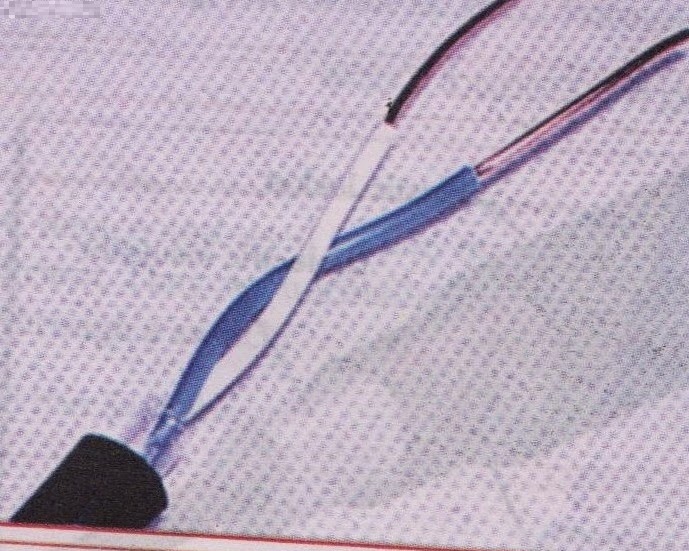Networking Cables
Networking cable are the transmission media through which data
flows from a source to the
destination.The data is transmitted through these cable in the form of singals. These signals
which represent data, are propagated
from one device to another through the transmission media The types of
Networking cables are :
Top Related Searches
1. Twisted Pair Cables
a) The Shielded Twisted Pair
b) The Unshielded Twisted Pair
2. Coaxial Cables
3. The Fiber-Optical Cable:
4. USB Cables
5. Serial and Parallel Cables
6. Crossover Cables
Top Related Searches
1. Twisted Pair Cables
a) The Shielded Twisted Pair
b) The Unshielded Twisted Pair
2. Coaxial Cables
3. The Fiber-Optical Cable:
4. USB Cables
5. Serial and Parallel Cables
6. Crossover Cables
1.The Twisted Pairs cable : Contains two cable wires
that use copper as conductor. These
wires have plastic insulations are twistes
as in Photo :
One twisted cable wire carries the signal to the receiver
and the other cable wire acts as a
ground reference .At the other end ,the
reciver obtains the values of the
signal between two cable wire . the cable wires are twisted to provide
protection against crosstalk and noise .Twisted cable are use for voice and
data communication.
Twisted Pair cable is
two types, STP and UTP
(a).The Shielded Twisted Pair :this cable
created by IBM This cable has a
metal shield covering each pair of insulated
cable wires. This types of
Shielding protects the cable from
external electromagnetic interferences and
crosstalk.An cable is shown in Photo
(B) The UnShielded Twisted Pair : Signifies that the UTP is
the most commonly used cable in communications. It is used in Earth net networks and telephone Systems. The Utp cable is easy to install,
and the charge are cheap. A UTP cable U
can see in photo
/* Style Definitions */
table.MsoNormalTable
{mso-style-name:"Table Normal";
mso-tstyle-rowband-size:0;
mso-tstyle-colband-size:0;
mso-style-noshow:yes;
mso-style-priority:99;
mso-style-qformat:yes;
mso-style-parent:"";
mso-padding-alt:0in 5.4pt 0in 5.4pt;
mso-para-margin-top:0in;
mso-para-margin-right:0in;
mso-para-margin-bottom:10.0pt;
mso-para-margin-left:0in;
line-height:115%;
mso-pagination:widow-orphan;
font-size:11.0pt;
font-family:"Calibri","sans-serif";
mso-ascii-font-family:Calibri;
mso-ascii-theme-font:minor-latin;
mso-fareast-font-family:"Times New Roman";
mso-fareast-theme-font:minor-fareast;
mso-hansi-font-family:Calibri;
mso-hansi-theme-font:minor-latin;}
2. The Coaxial Cable :
Consist of a two conductors Plz see Photo .One is the inner conductor of solid copper and
also called the core
conductor and the other is the
outer conductor. The outer conductor server as a shield against noise and as a second conductor.
There is insulating plastic between the
conductors and the whole cable
is covered with a plastic jacket.
The coaxial cable can carry signals of higher Frequency Ranges than twisted
Pair cables .
This cable use for T.V. Network and CCTV Network and Traditional
Ethernet
3. The Fiber-Optical Cable:
optical fiber cable is a cable containing one or more optical fibers that are used to carry light. The optical fiber elements are typically individually coated with plastic layers and contained in a protective tube suitable for the environment where the cable will be deployed. Different types of cable are used for different applications, for example long distance telecommunication, or providing a high-speed data connection between different parts of a building.
3. The Fiber-Optical Cable:
optical fiber cable is a cable containing one or more optical fibers that are used to carry light. The optical fiber elements are typically individually coated with plastic layers and contained in a protective tube suitable for the environment where the cable will be deployed. Different types of cable are used for different applications, for example long distance telecommunication, or providing a high-speed data connection between different parts of a building.





Comments